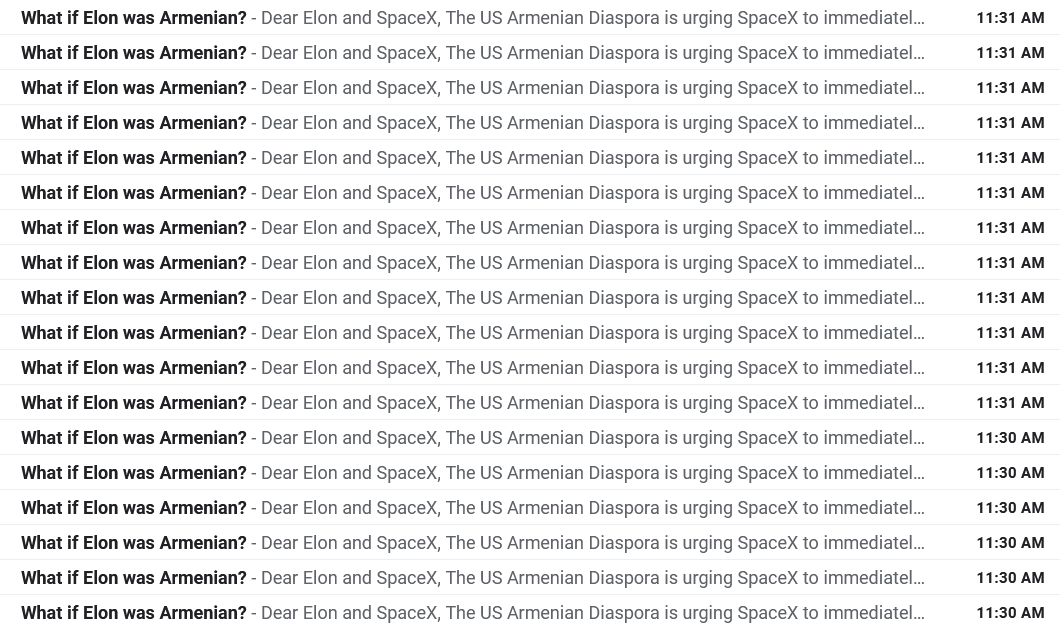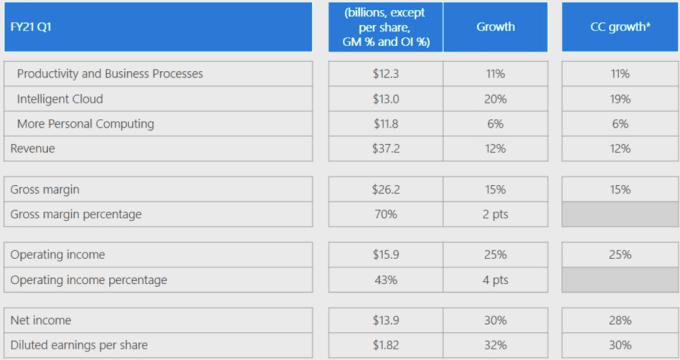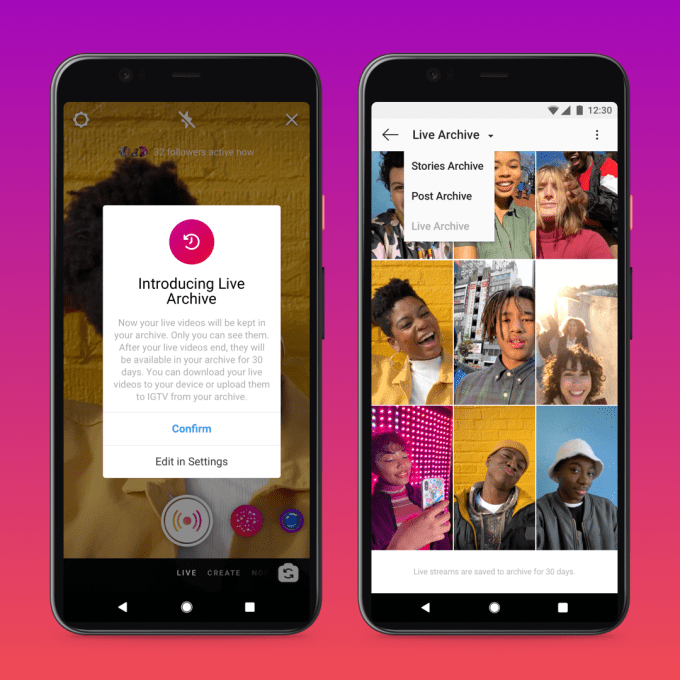News: How to address inequality exposed by the COVID-19 pandemic
Having a substantial part of our fellow citizens outside the digital environment is a recipe for continued racial injustice, social conflict, economic deprivation and political division.
Contributor
Contributor
The novel coronavirus has accelerated the use of many digital technologies. Forced in the spring to close their doors, most K-12 schools and universities shifted to online learning where teachers lead classes virtually and students submit their assignments electronically.
According to the World Economic Forum, it is estimated that 1.2 billion students around the world this year were “out of the classroom” due to the pandemic, while in the United States, over 55 million K-12 students didn’t receive in-person instruction.
The use of telemedicine and video conferencing also has become a principal platform for medical consultations as a result of the coronavirus. For example, a Forrester analysis projected “general medical care visits to top 200 million this year, up sharply from their original expectation of 36 million visits for all of 2020.” Virtual connections allow patients to get recommendations wherever they are and draw on a broad range of medical expertise.
E-commerce is taking off as consumers abandon small retail outlets and large department stores. An industry study found that “total online spending in May 2020 reached $82.5 billion, up 77% from May of 2019” and those numbers almost surely will increase in coming months as people appreciate the convenience of online ordering and home delivery.
Yet the pandemic also has exposed dramatic inequities in technology access and utilization. Not everyone has the high-speed broadband required for online education, telemedicine and online shopping. The Federal Communications Commission has estimated it would take $40 billion to close the bulk of the broadband gap. But many people also lack laptops, notebooks, smartphones or electronic devices that allow them to stream videos and take advantage of new modes of service delivery.
It is not just that some are outside the online world, but that digital access is spread inequitably across various groups. According to an Education Week survey, 64% of American teachers and administrators in schools with a large number of low-income students said their pupils faced technology limitations, compared to only 21% of students in schools with a small number of low-income students. The problem isn’t simply broadband, but access to equipment and devices that allow pupils to make use of online resources.
There are substantial racial disparities as well. A McKinsey analysis found that 40% of African-American students and 30% of Hispanic students in U.S. K-12 schools received no online instruction during COVID-induced school shutdowns, compared to 10% of whites. These gaps in access to online education and digital services widen the already substantial educational inequalities that exist, but push them to new heights. If continued for a lengthy period of time, such differentials expose our most disadvantaged students to large barriers to advancement and a future of income deprivation or economic stagnation. Even more tragic, there may be a tipping point beyond which the gap is no longer recoverable.
These types of inequities are intolerable injustices that create nearly insoluble gaps with serious social and economic consequences. The variations noted above increase income inequality, widen the opportunity gap between social groups and doom those left behind to low-paying jobs, temporary positions without health benefits or outright unemployment. Not having access to the digital superhighway limits opportunities for online education, telemedicine and e-commerce and makes it nearly impossible to apply for jobs, request government benefits or access needed health or educational materials.
What is required right now is investment in digital infrastructure and improvements in digital access that eliminate unfair disparities based on race, income and geography. For example, the Federal Communications Commission needs to expand its current “Lifeline” program designed to promote phone connectivity for poor people to the internet. Many providers combine phone and internet usage so there is no reason to provide subsidies for phone service without also including internet service. With the availability of Voice over Internet Protocols (VoIP), it is easy for underserved people to combine phone and internet connectivity.
This FCC also should expand its “Schools and Libraries” program called “E-rate” to include home schooling and remote learning. With so many educational institutions closed and providing instruction through online education, the commission should use the millions in unexpended program funds to close the “homework gap” created by the COVID-19 pandemic. That would help impoverished students access online resources and video conferencing facilities.
The Department of Agriculture’s Rural Utilities Service seeks to improve broadband service in rural areas but its funding currently cannot be used to improve low-speed broadband. At a time when many lack sufficient speed to access online educational resources, telemedicine or video streaming, that limitation makes little sense and needs to be altered so that rural-dwellers can upgrade their internet service.
In the education sphere, states and localities must ensure that racial and income-based disparities in access to online learning are not a permanent feature of the K-12 landscape. Addressing this issue is going to require much more than distributing free laptops to needy students, as is often advocated. Rather, it will involve making sure families can afford the broadband access that will enable pupils to use the laptops in productive ways, teachers are well-trained in distance learning and educational programs equip young people with the skills needed in the 21st century economy.
As we move into the future, broadband will be as vital to social and economic advancement as highways, bridges and dams were in earlier eras. Similar to the 20th century, improving access requires national planning and public and private sector investments. Indeed, digital access should be considered a human right in the same manner as access to universal healthcare. People cannot participate in the digital economy and online learning systems without high-speed broadband.
As noted in our recent AI book, the United States requires a national plan that funds digital infrastructure, reduces racial and geographic disparities, facilitates universal medical insurance and prepares workers for the digital economy. The list of national imperatives includes closing the digital divide, expanding anti-bias rules for the digital economy, building an inclusive economy through more equitable tax policies and training the next generation of workers.
New digital services or financial transactions taxes could help fund the programs that need to be undertaken to deal with these issues. One hundred years ago, as the United States underwent industrialization, national leaders adopted an income tax to pay for needed services, and as we move into a digital economy, there will need to be new types of taxes to pay for needed expenditures. We cannot allow current inequities in access to education and healthcare to deny opportunities to African-Americans, Hispanics, immigrants and poor people. Leaving those individuals behind as the digital economy grows is not a viable option if we’re ever as a nation to achieve our full potential by empowering all Americans.
Data is the key to many emerging technologies so it is crucial to have unbiased information to develop new services, evaluate digital innovation and deal with the ramifications of current products. Much of the current digital data is proprietary in nature and therefore limits the ability of researchers to improve innovation, close the digital divide and develop remedies that address equity problems. The federal government sits on a trove of data that should be made available for commercial and research purposes on an anonymized basis so that privacy is maintained. In the same way that census data enables research, economic development and program assessment, wider access to digital data likely would spur new products and services while also helping to address equity problems.
In a country that continues to be plagued by the coronavirus, it is vital to reduce the inequities that deny opportunity to large groups of Americans and make it impossible for them to share in the benefits of the digital revolution. As we envision a post-COVID world, it is essential we build an inclusive economy that allows everyone to participate in and gain the benefits of the online world.
The fundamental shifts wrought by COVID are not going to slow even after a vaccine is developed and the effects of the coronavirus dissipate over time. Nearly all of the technological trends generated by COVID this year will remain a large part of our ongoing landscape. Due to advances in computer storage and processing power, 5G networks and the growing use of data analytics, technology innovation almost certainly will accelerate in coming years.
Having a substantial part of our fellow citizens outside the digital environment is a recipe for continued racial injustice, social conflict, economic deprivation and political division. It will ensure that cynicism, discontent and anger will remain a feature of the American social landscape for decades to come. The last four years have exposed the massive inequities in American society, made worse not only by the intentional political polarization of the American public, but also by a digital divide that is virtually certain to lock in many pernicious dimensions of inequality in America.
This is not a technology problem, it’s a leadership challenge. Leadership can solve this national crisis by demonstrating the will to wield technology in the best interests of all Americans. The next administration has it within its capacity to address these matters head on and eliminate this divide, or conversely, if it doesn’t take appropriate action, condemn our most vulnerable citizens to four more years of neglect and inequity.





